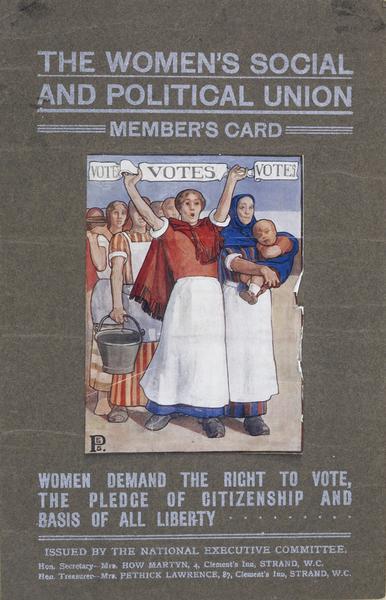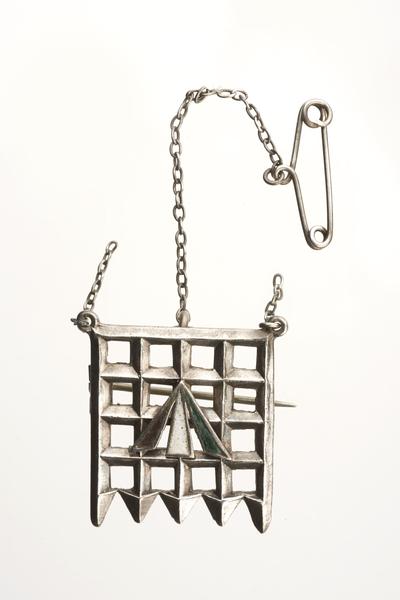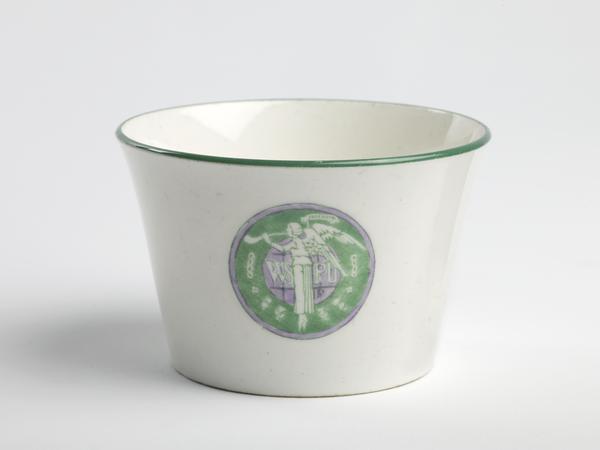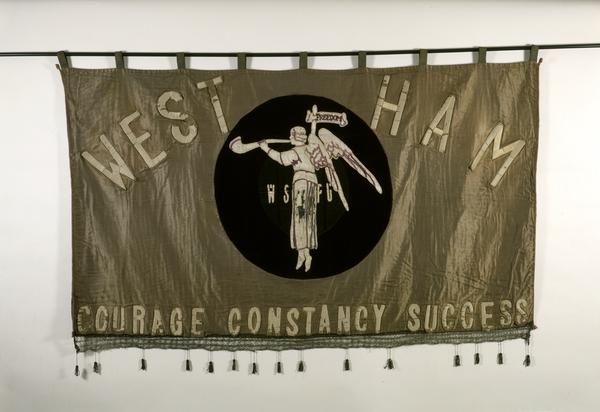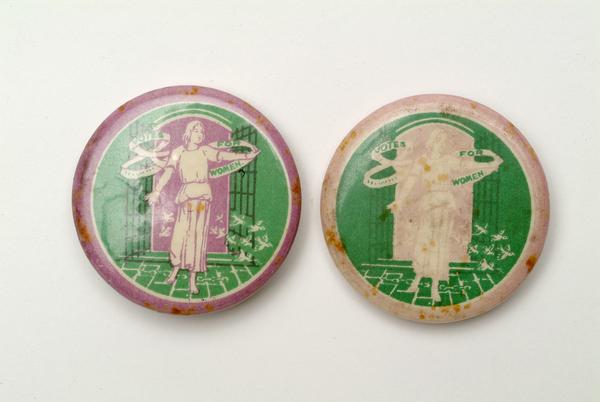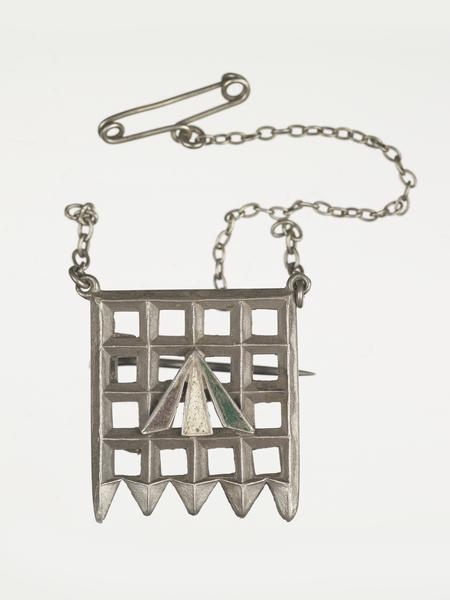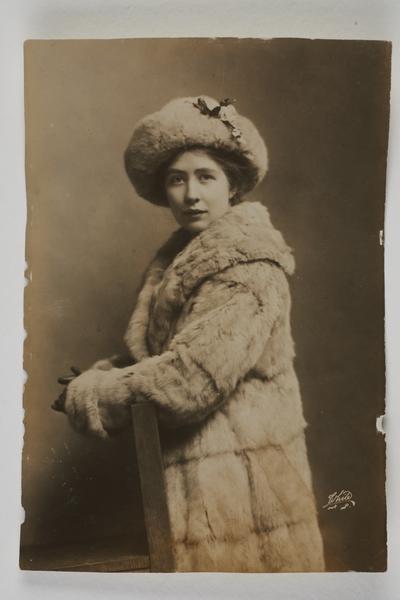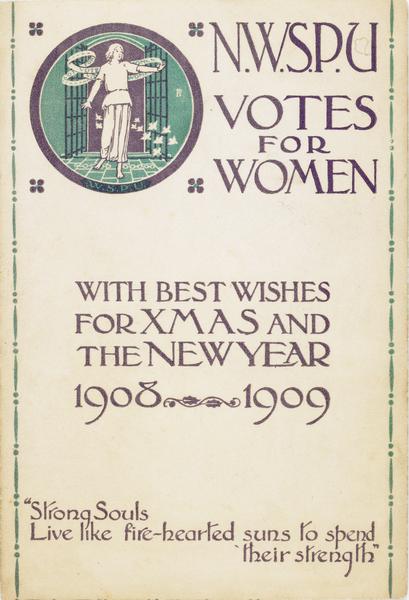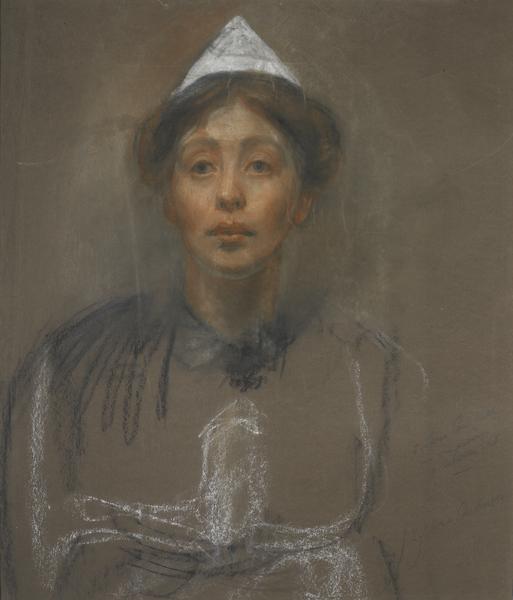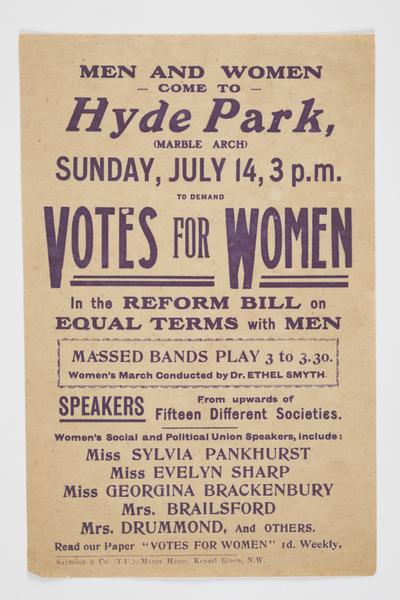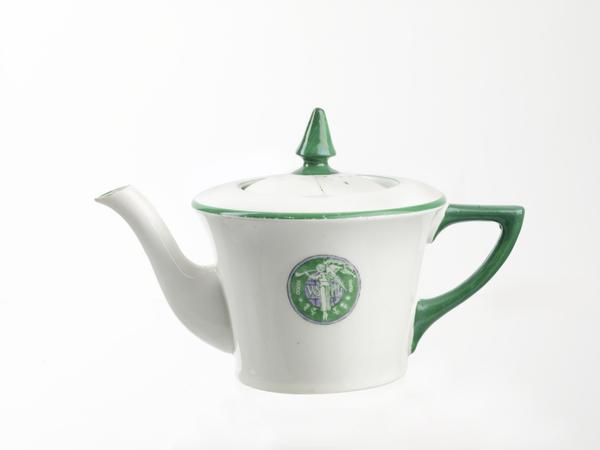Sylvia Pankhurst: Suffragette, artist, activist
Sylvia Pankhurst fought for women’s right to vote as a Suffragette and artist, and supported other causes in Ethiopia and east London.
1882–1960
Bow, east London
The Suffragette whose socialism shone through
Estelle Sylvia Pankhurst (known as Sylvia) was an early member of the Women's Social and Political Union (WSPU), an organisation led by her mother Emmeline Pankhurst and her sister Christabel.
The group, founded in 1903, aimed to win votes for women through confrontational action – “Deeds not words”. Followers of their militant approach were known as Suffragettes.
Sylvia went to prison multiple times for the cause. She also designed brooches, postcards and posters to spread the WSPU’s message, inspire its members and raise money.
Unlike her mother, Sylvia was a socialist, close to Keir Hardie and the labour movement. She gave much of her life to supporting working-class women in east London, and later campaigned against the Italian occupation of Ethiopia.
Sylvia the Suffragette
After joining the WSPU, Sylvia was made honorary secretary of its London committee.
She was imprisoned multiple times in Holloway Prison for her militant campaigning. Along with other Suffragette prisoners, she endured hunger strikes and brutal force-feeding.
But Pankhurst was more than a protestor for the campaign. She was also its most significant artist.

Sylvia carries a portcullis as a symbol of her imprisonment in a procession honouring the Suffragettes sent to prison for the cause.
Sylvia the artist
Sylvia trained at the Royal College of Art in south Kensington from 1904 to 1906 and was a skilled artist and designer.
Her artwork gave the Suffragette campaign its distinctive look. She created designs in the movement’s purple, white and green colour-scheme, including the angel of freedom logo.
You can see her logos on many items in our collection, including badges and a tea set used at the 1909 Women’s Exhibition. Sylvia also designed the first WSPU membership card, and a rare example is held in our collection.
But her most significant design is the Holloway brooch, awarded to Suffragettes who were sent to Holloway Prison for their militant action.
Sylvia the socialist
When they founded the WSPU, Sylvia, her mother Emmeline and her sister Christabel were united in their fight for the vote. But their differing views eventually created a serious rift in the family.
Sylvia disagreed with the WSPU’s narrow focus on winning the vote for women above all else. She was a passionate socialist, and wanted to do more to support working-class families.
She thought all women should get the vote at the same time, regardless of class.
She also wanted to work with the Independent Labour Party.
These ideas created a split in the WSPU. Sylvia founded her own group: the East London Federation of the WSPU (later called the Worker's Suffrage Federation), headquartered in Bow.
For continually taking her own approach, Sylvia was eventually expelled from the WSPU.

Sylvia Pankhurst outside the headquarters of her East London Federation of the WSPU, on Old Ford Road, Bow.
“I am going to fight capitalism even if it kills me. It is wrong that people like you should be comfortable and well fed while all around you people are starving”
Sylvia Pankhurst, 1921
War, east London and Ethiopia
When the First World War began in 1914, Sylvia, a pacifist, opposed it – a very different view to her mother, who supported Britain’s war effort.
As men went away to war, and factories closed, working-class families in east London suffered. Sylvia devoted herself to social welfare work.
She set up the East London Toy Factory in Bow to provide work for women, a mother-and-baby drop-in centre in the Mother's Arms – an old pub – and restaurants serving low-price food.

Sylvia Pankhurst's East London Federation of Suffragettes set up nurseries, baby clinics and restaurants to help working Londoners.
When the war ended in 1918, Sylvia became involved with communist, anti-fascist and anti-colonial movements. In 1921 she was sent to prison for the last time for “sedition”. This followed her refusal to name the Jamaican journalist Charles McKay as the author of pro-communist articles published in her magazine, Workers’ Dreadnought.
“I am going to fight capitalism even if it kills me,” she said in her defence. “It is wrong that people like you should be comfortable and well fed while all around you people are starving.”
In the decades afterwards, Sylvia focused her efforts on opposing fascism and the Italian invasion of Ethiopia. Aged 74, she moved to its capital, Addis Ababa. When she died there four years later in 1960, she received a full state funeral from the Emperor of Ethiopia, Haile Selassie.




